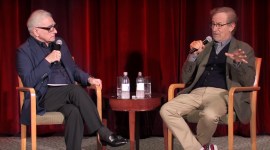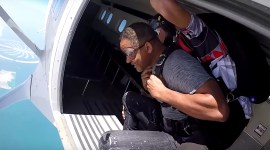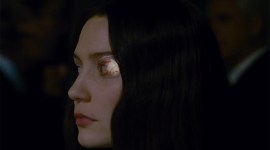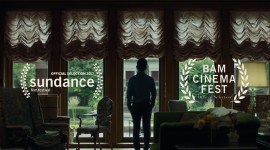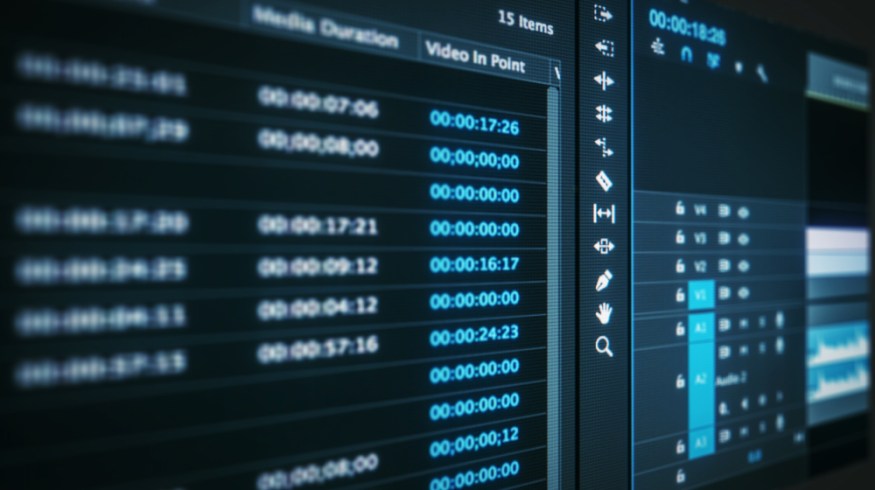
5 Ways to Sharpen Your Film and Video Editing Perspective
If you work on an editing project long enough, you can lose your edge in the details. Find out how you can stay sharp all the way to the end.
When you’ve been working on a project for a while, it can become difficult to maintain an objective perspective on what you’re doing. What’s really working? What’s not working? What have you missed because you can’t see the forest for the trees anymore?
When you get too close to the edit, it becomes challenging to improve your work at all — because you can’t see it for what it really is.
In this post, I’m going to share five quick tips that I’ve picked up over the last decade of freelance editing — tips to help you regain a fresh perspective on your edit. Let’s dive in.
1. Watch with Others
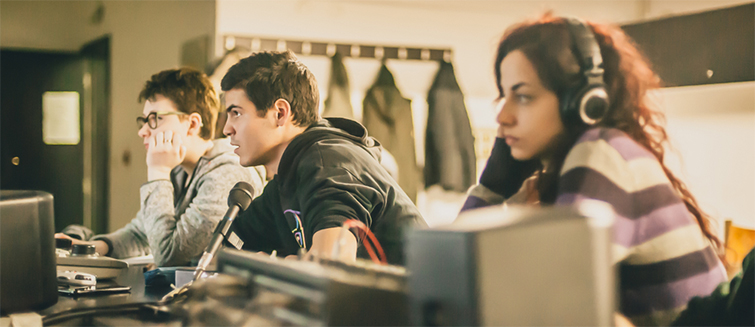
Image via guruXOX.
By far and away the fastest way to see your project through someone else’s eyes is to actually watch it with someone else. They don’t even have to say anything afterwards for it to transform your own viewing experience.
Suddenly you can see all the jarring cuts, the confusing moments, and the ideas that go on a bit too long. Plus, you hear all the bits of audio that aren’t mixed well enough.
As much as editors might like to say “It’s not done yet,” getting your work in front of other people as early as you comfortably can is a rapid way to learn a whole lot about what is working and what still needs improvement.
This is also the basis of most audience test screenings; editors will often watch the audience rather than the screen, to really understand what is working and what’s not.
2. Turn off the Sound
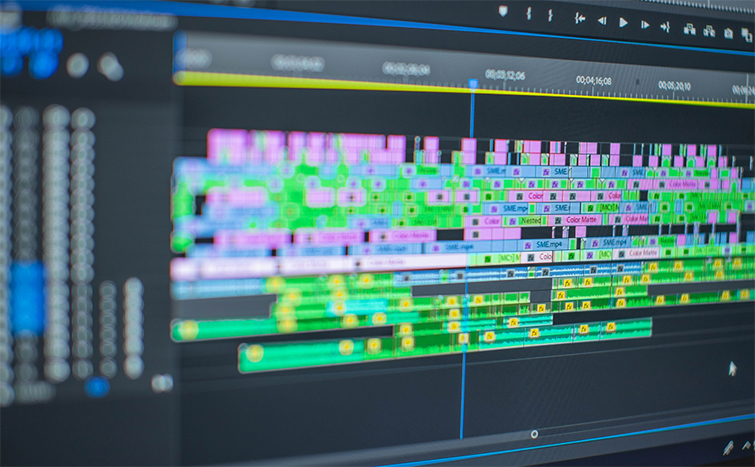
Image via Kornburut Woradee.
Turning off the sound and just watching the images is a trick that quite a few editors favor — Walter Murch, ACE and Joe Walker, ACE are known to regularly do this.
We both love cutting with the speakers off, which is just something we started doing on Sicario, and cutting it as a silent movie sometimes . . . but it seems to be a good approach with [Villeneuve’s] films, that if it works with just the visuals and you can tell what’s going on and the story is working . . . it makes you very tough [on the story]. —Joe Walker
This approach also helps you follow the old filmmaking axiom of “Show, don’t tell,” which often reveals where you can cut out extraneous dialogue, exposition, or waffle.
Focusing on the visuals also helps you judge the pacing of individual shots and scenes much more accurately since the sound isn’t adjusting your experience of a scene’s pace. An obvious example of this is how much slower an action scene might feel without sound effects and music.
Other variants of this idea include watching the film in black and white or even turning the image upside-down to shake up how you’re accustomed to seeing it.
3. Turn off the Images

Image via Oleksiichik.

The inverse of the previous tip is equally useful. By turning off the images altogether and just listening to your edit, you engage your project’s pacing in a completely new way.
Documentary editors regularly use this approach when building their initial edit (often called a “radio edit”). By just working with the key sound bites or actual moments, you can quickly get to a first assembly with most of the right ideas in the right places because the dialogue tends to carry most of the information a story needs to advance.
Simply listening to a more complete project will help you discern where the pacing is or isn’t working, pick up stumbles in dialogue that you don’t need to keep, and understand where you need to add breathing room for the ideas or dialogue to really land. You’ll also get a better sense of the quality of your sound mix, including whether there are too many sound effects (or not enough) and if the music is too loud, etc.
Before you sign off of any edit, it’s worth trying tips 2 and 3 to see what you discover for yourself.
4. Editor Joe Walker’s Hat Trick
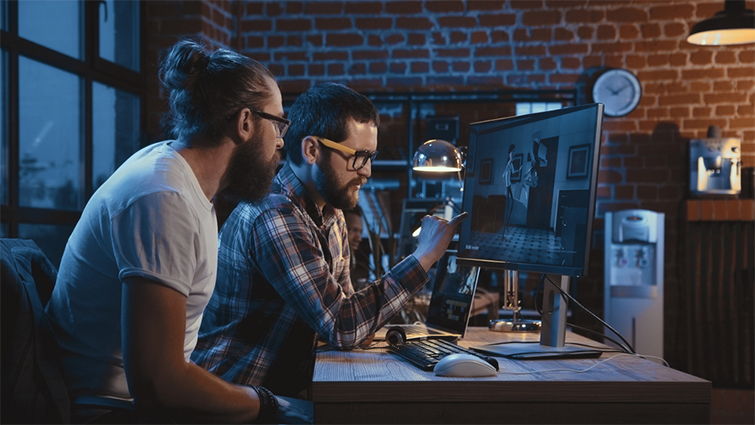
Image via FrameStockFootages.
‘Pace’ isn’t just rattling through a film without allowing anyone to feel anything; you have to add variety and landscape the moments you want to dwell on. A director I worked with used to say, ‘You’ve got to sell some to buy others.’ Apply firm scrutiny of the sense of time throughout the story.
I have a trick for this: When the film’s in good shape and you’re nearly finished, write scene numbers on a slip of paper and pull each randomly from a hat. Then, look at that scene — only that scene.
Maybe investigate the dailies one more time. Is it the best it can be?
Toward the end of movies there tend to be scenes that don’t get as much of a workout as those up top. This prevents that carelessness. Economise. Use cuts as sparely as you can.
Don’t tire everyone out telling them what to think all the time. Allow the audience to invest their attention in a character or a shot. —Joe Walker
This idea of working on scenes in a random order and making sure that you re-appraise every scene is a good way to get a fresh perspective on how each scene is performing in isolation.
Even if you’re not working on a scene-based project, you can still apply this technique by segmenting your project into small sections, mapping those beats out on bits of paper, and doing the same hat shuffle.
5. Distance
If you can, putting your project aside for a period of time — hopefully more than 24 hours, but whatever you can manage — is a great way to rebuild your perspective. You’ll see it with fresh eyes after establishing a bit of distance.
I remember hearing editor William Goldenberg ACE, tell this anecdote about working with director Michael Mann on The Insider:
We would screen the movie at seven in the morning every day, so you do start to lose your objectivity. There will be days when you see it more clearly than others but what happens is if you then skip a day, that’s like skipping a week because you’re so used to seeing it.
If twenty-four hours go by, that’s a huge amount of time. It really does in a strange way train you to be objective faster.”
The final runtime of The Insider is 2 hours and 37 minutes, so I can only imagine how long the early cuts must have been, given that they’re typically 2/3 thirds longer than the theatrical release.
This technique is an interesting one given how many days a feature film takes to edit, and maybe it’s the only way to shortcut to that kind of beneficial distance.
As a follow-up story on the benefits of time and space, Mission: Impossible — Fallout editor Eddie Hamilton shared this story in his recent interview with editor and author Steve Hullfish:
[After Tom Cruise broke his ankle filming a stunt] the crew started a three-month hiatus, and in that time Chris McQuarrie and I focused on fine-cutting all the sequences that had been filmed up to that point.
Chris has this expression: ‘disaster is an opportunity to excel.’ He always looks for the silver lining of any cloud and stays positive.
We used the time to take a long, hard look at the film and ask ourselves difficult questions about what the strengths of the film were and what could be improved. We revised all the remaining scenes to be filmed and figured out what the very best connective tissue would be . . .
. . . I think every crew should stop work for a month two-thirds of the way through the filming schedule, look at what they’ve got, revise plans, and carry on filming afterwards!
Of course that never happens. You have to look at it as an opportunity to dramatically increase the quality of the storytelling.
Cover image via boyhey.
Looking for more editing tips and tricks? Check these out.



